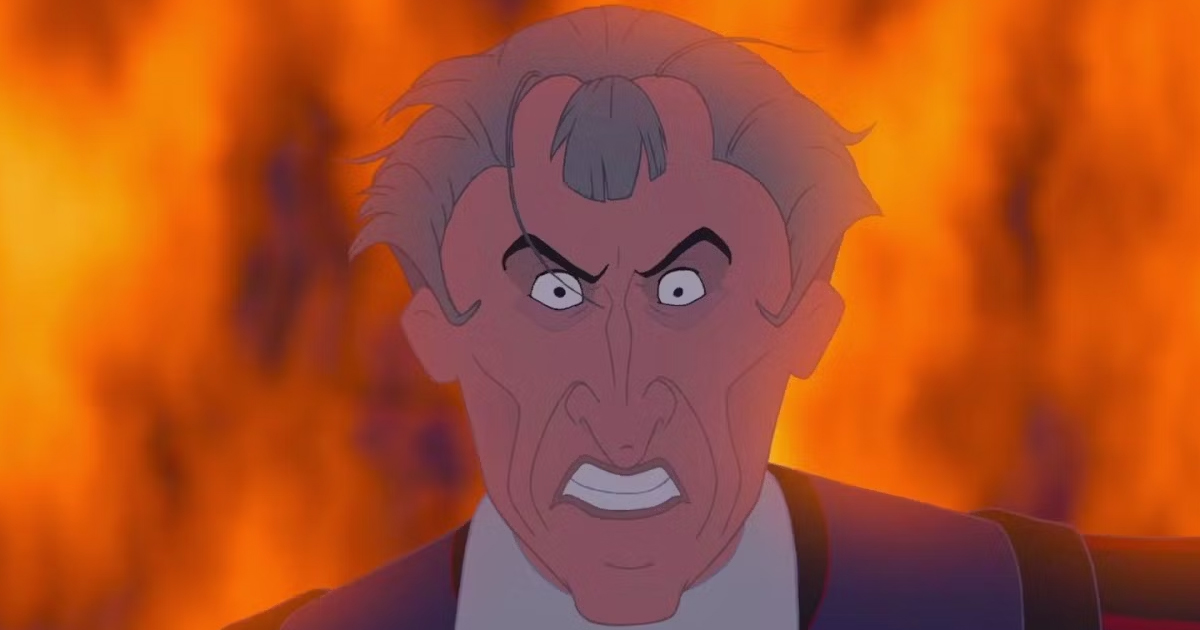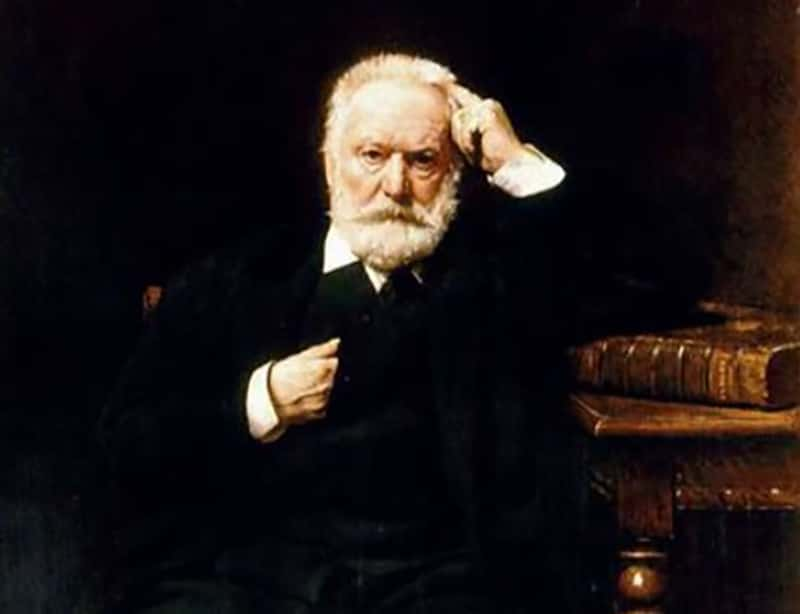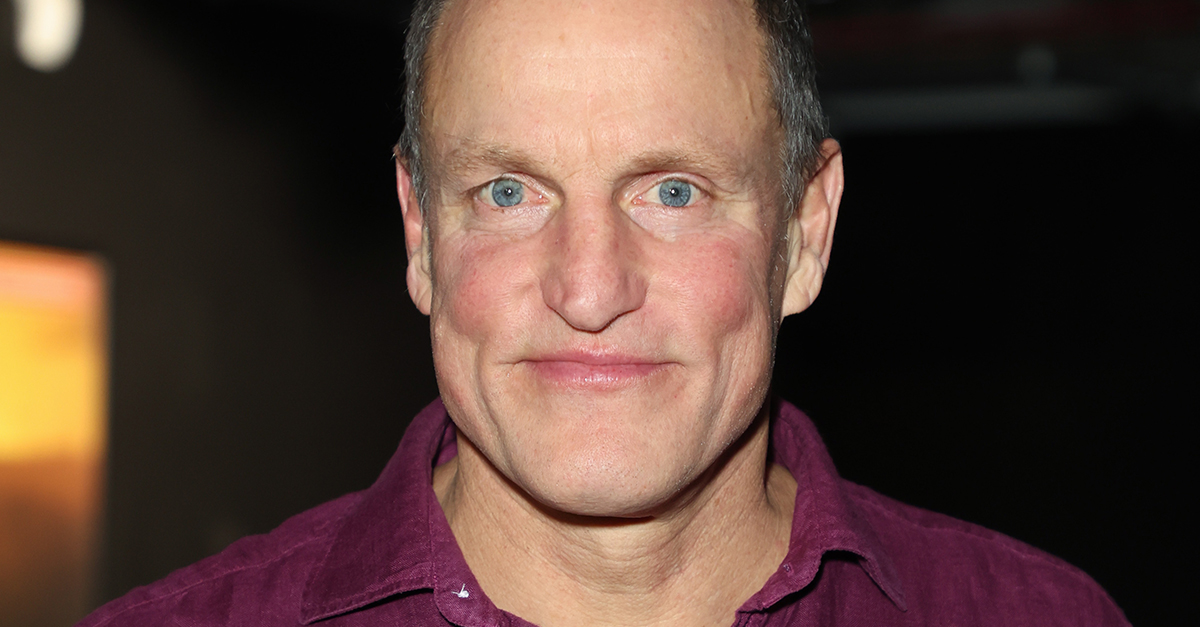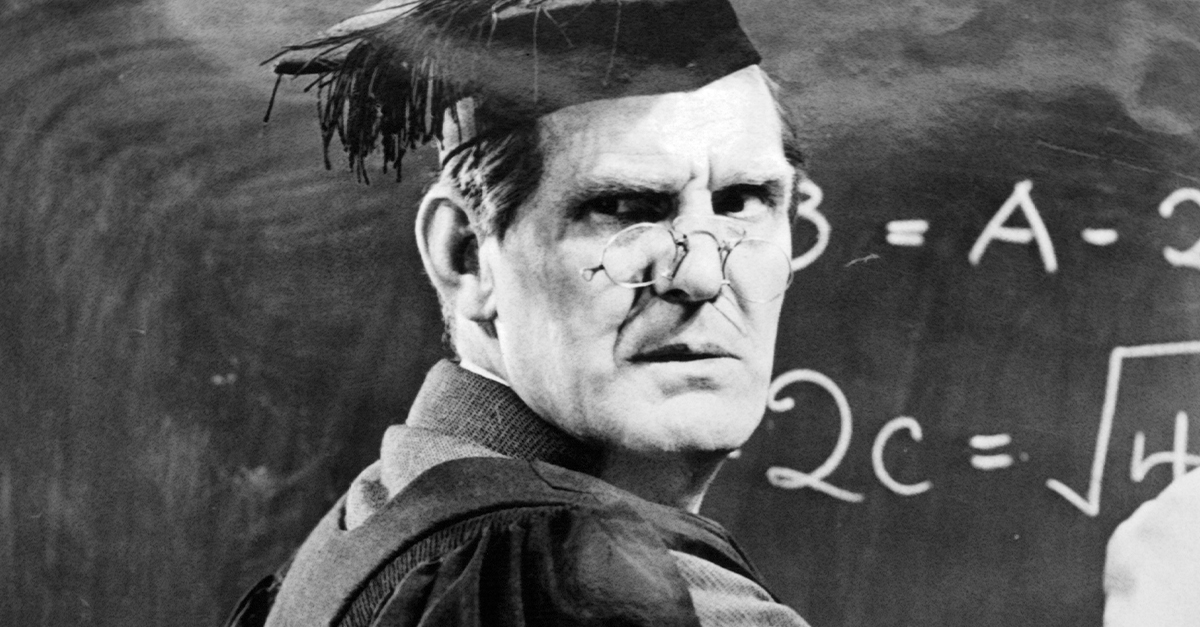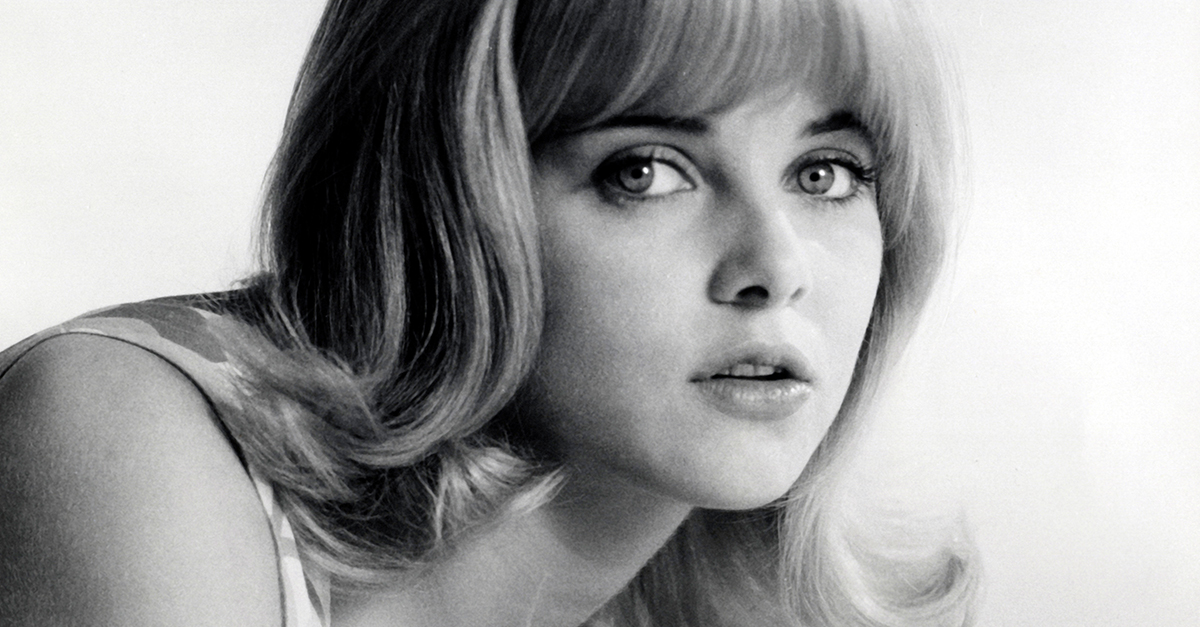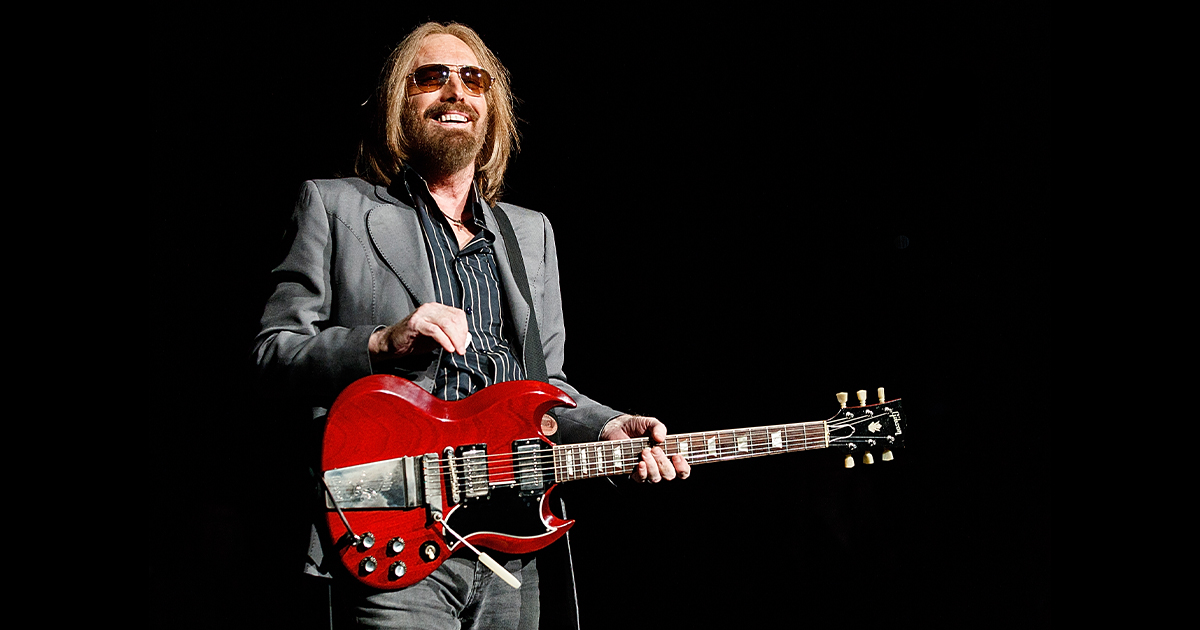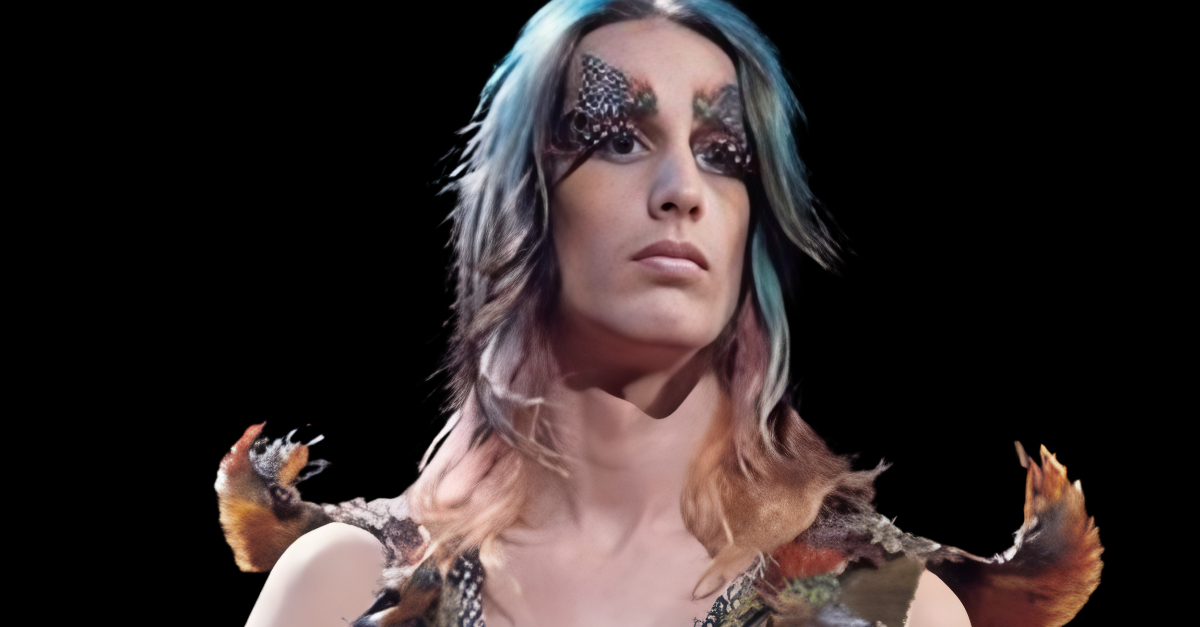A rare addition to the Disney canon
When we think of Disney movies, we think of beautiful characters, uplifting themes, and happily ever afters. It's hard to imagine the company taking a dark route, especially given its young demographic. But that's what makes Disney's The Hunchback of Notre Dame (1996) so special—it went where no other Disney movie had gone before. This article explores why it might just be the darkest Disney movie ever made; but first, here's a short recap.
NOTE: Spoilers ahead.
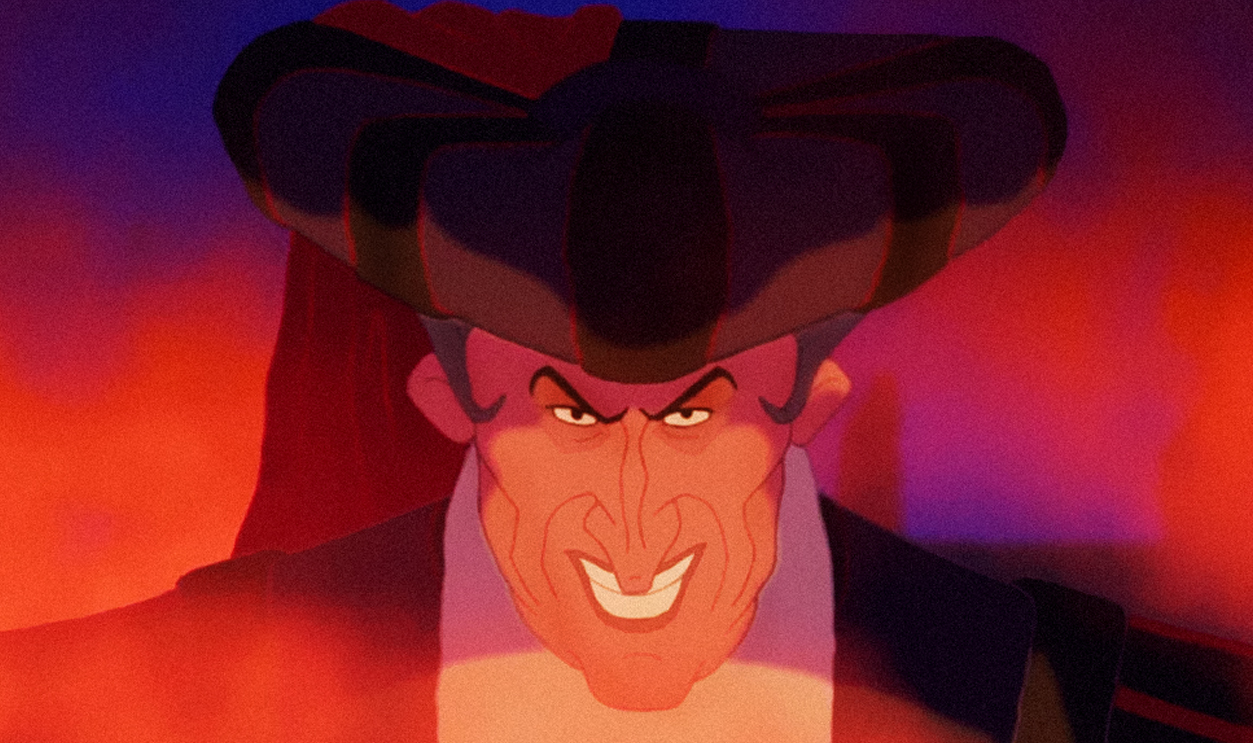
THE RECAP: Setting the stage
At the beginning of the movie, we are taken back to 15th-century Paris, where a gypsy puppeteer named Clopin tells a group of kids about Quasimodo, the deformed bell ringer at Notre Dame Cathedral. He explains that the name "Quasimodo" means "half-formed."
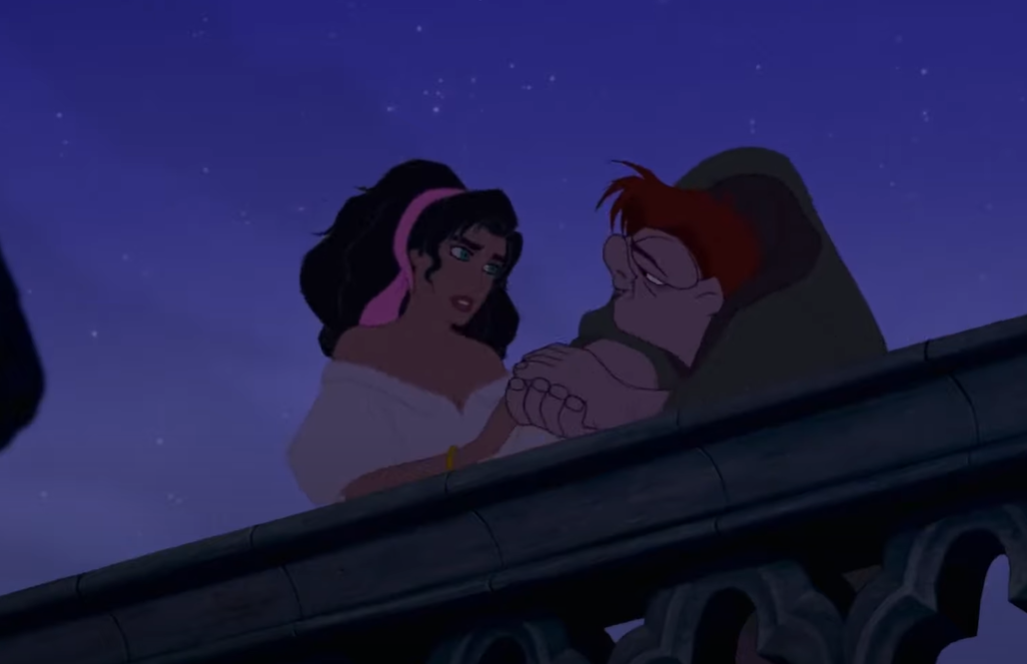 Walt Disney, The Hunchback of Notre Dame (1996)
Walt Disney, The Hunchback of Notre Dame (1996)
Judge Claude Frollo: The ultimate villain
Clopin then introduces Judge Claude Frollo, a man who is hellbent on ridding Paris of the Romani people. The Romanis are an ethnic group living in the city's underground, and during one of Frollo's raids, he leads a woman to her death. As his repentance, Frollo takes in her baby, Quasimodo, under his care.
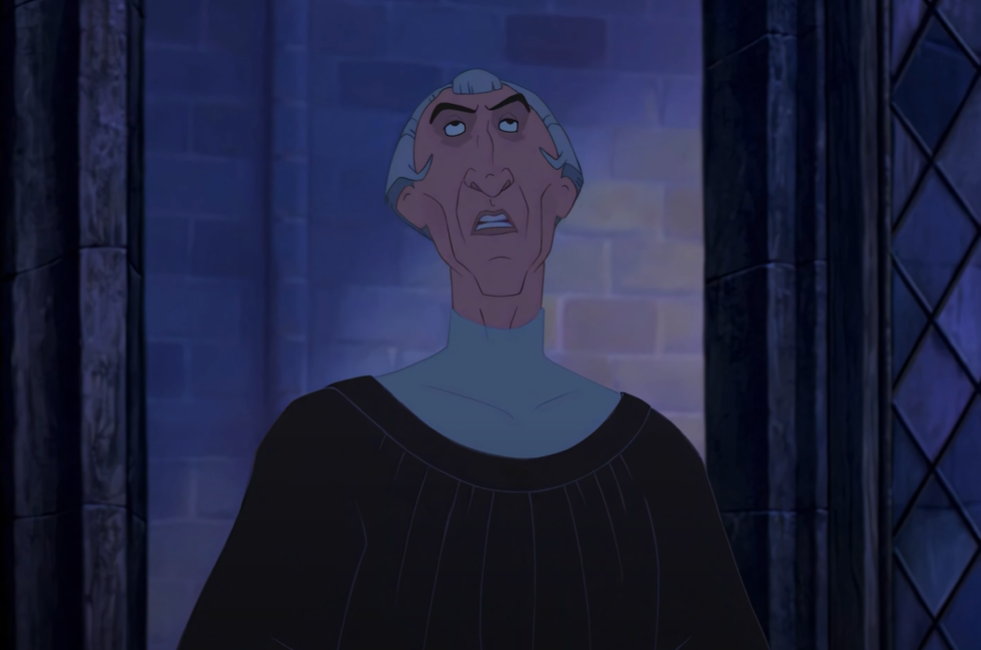 Walt Disney, The Hunchback of Notre Dame (1996)
Walt Disney, The Hunchback of Notre Dame (1996)
Quasimodo's lonely childhood
Quasimodo grows up isolated in Notre Dame's bell tower, befriending the stone gargoyles Victor, Hugo, and Laverne that guard the perimeter. Despite Frollo's warnings about his ugly appearance, Quasimodo dreams of joining the Festival of Fools, an annual party where gypsies fill the streets of Paris and throw a grand celebration.
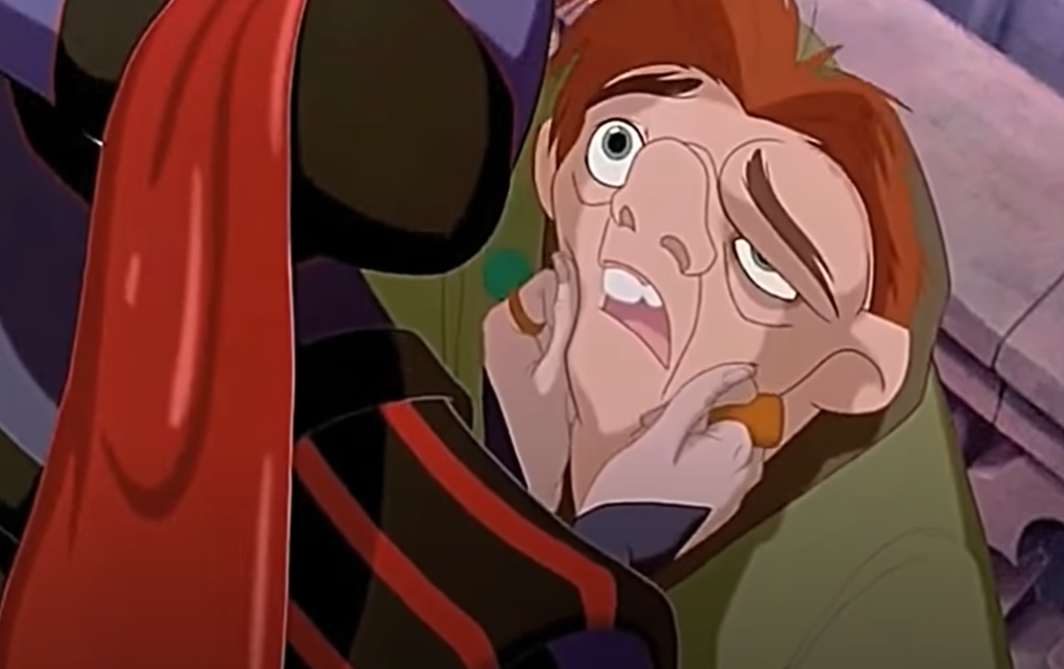 Walt Disney, The Hunchback of Notre Dame (1996)
Walt Disney, The Hunchback of Notre Dame (1996)
The Festival of Fools
Frollo forbade Quasimodo from attending the festival, but after mustering the courage, he disobeyed him and went anyway. At the festival, he is named "King of Fools," which is a high honor. However, upon seeing his ugly appearance, the crowd turns hostile.
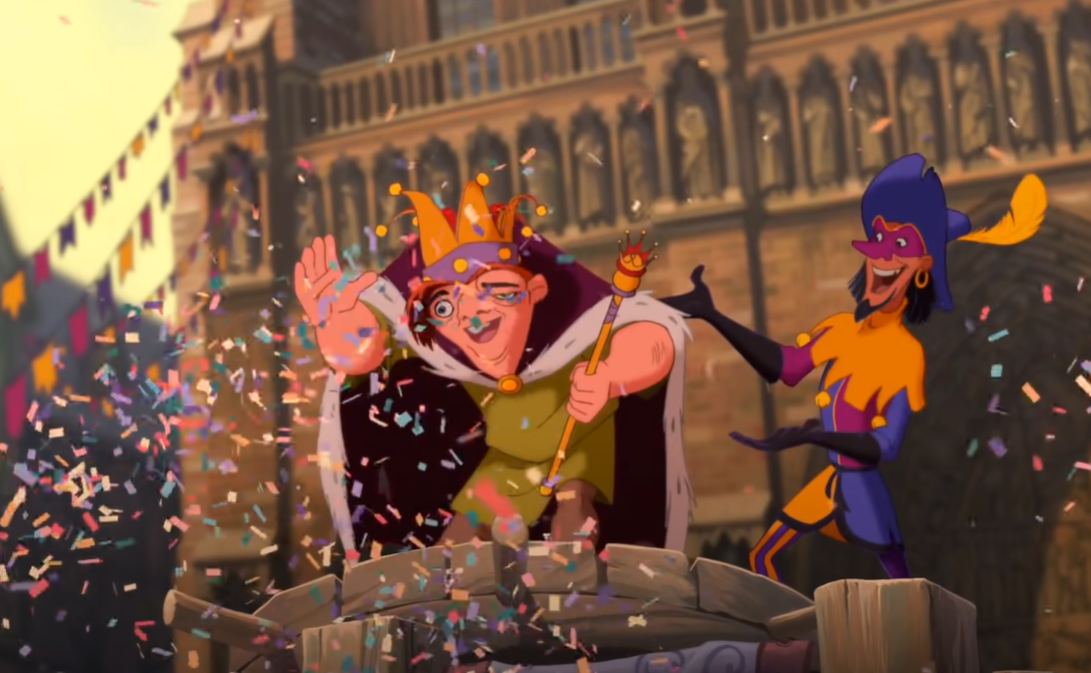 Walt Disney, The Hunchback of Notre Dame (1996)
Walt Disney, The Hunchback of Notre Dame (1996)
Esmeralda: A true heroine
We are then introduced to Esmeralda, a beautiful Romani woman with olive skin. She helps Quasimodo escape the festival, confronting Frollo in the process and then seeking refuge at Notre Dame. Once they are safe, she gives Quasimodo a map to help him leave the cathedral. After the events of that day, Frollo becomes obsessed with Esmeralda, vowing to capture her.
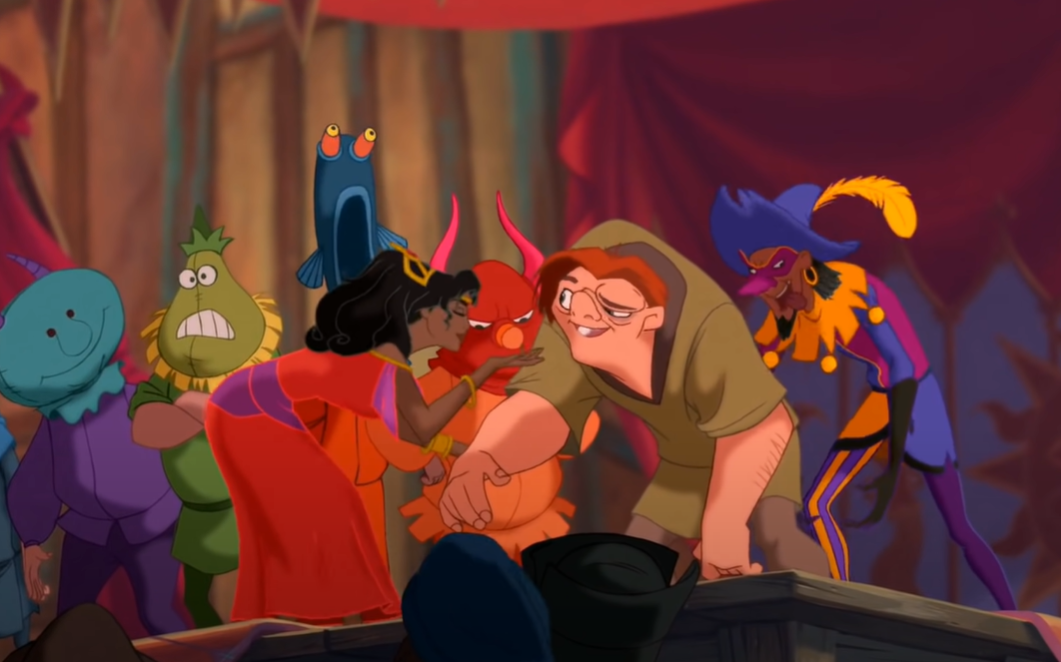 Walt Disney, The Hunchback of Notre Dame (1996)
Walt Disney, The Hunchback of Notre Dame (1996)
Frollo gives in to the darkness
As Frollo's obsession with Esmeralda grows stronger, so does his hatred for the Romanis. He decides to intensify his persecution of the Romani people, setting fires to their homes and wrongly detaining them. Phoebus, disgusted by Frollo, stands up to him and gets hurt. Esmeralda and Quasimodo hide Phoebus in the cathedral.
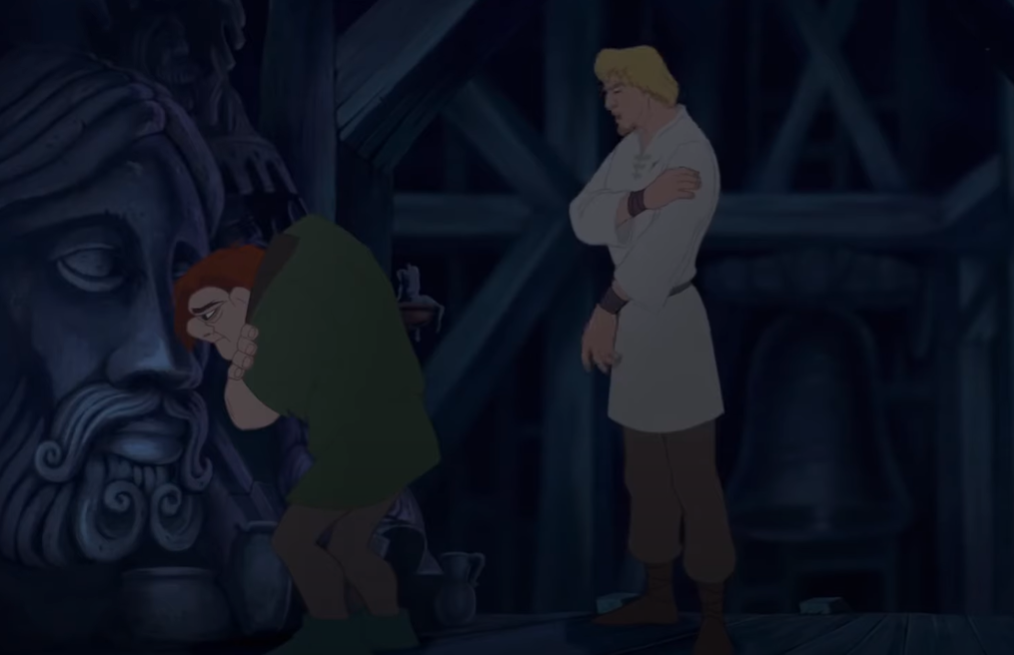 Walt Disney, The Hunchback of Notre Dame (1996)
Walt Disney, The Hunchback of Notre Dame (1996)
On the brink of chaos
Frollo manipulates Quasimodo to betray the Romani as he condemns Esmeralda to death for witchcraft. Quasimodo saves her from the fire and seeks refuge in the cathedral, rebelling against Frollo.
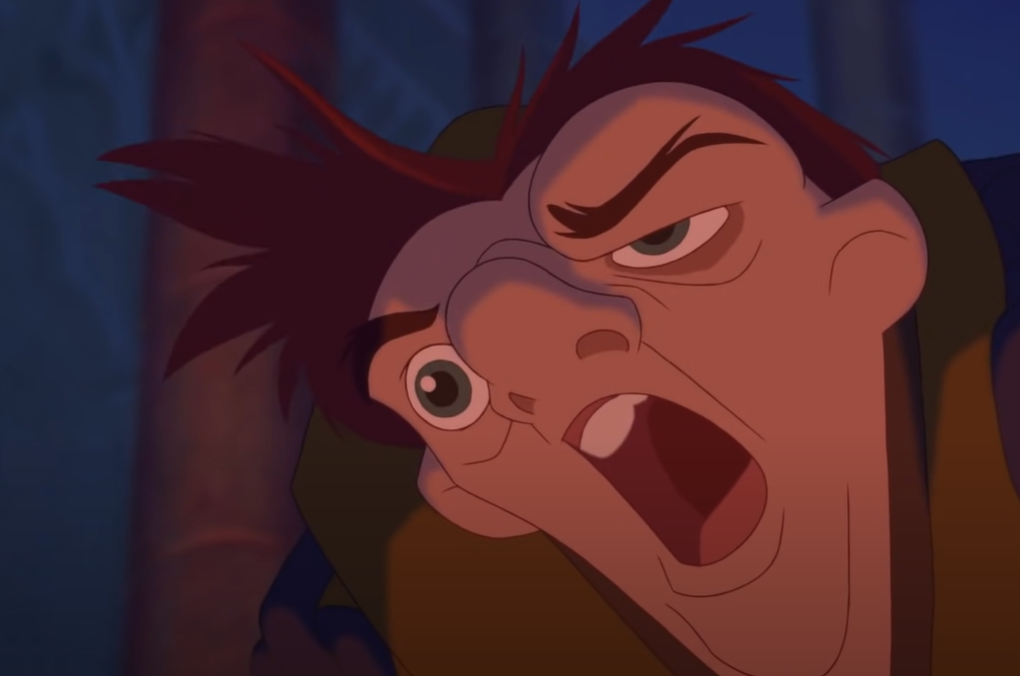 Walt Disney, The Hunchback of Notre Dame (1996)
Walt Disney, The Hunchback of Notre Dame (1996)
The final showdown
Frollo attempts to capture Esmeralda at Notre Dame. A battle ensues between his soldiers and the Romani group, aided by Quasimodo and Phoebus. Frollo and Quasimodo eventually face off on the cathedral balcony. Frollo tries to kill Quasimodo and Esmeralda, but ultimately dies in the boiling lead.
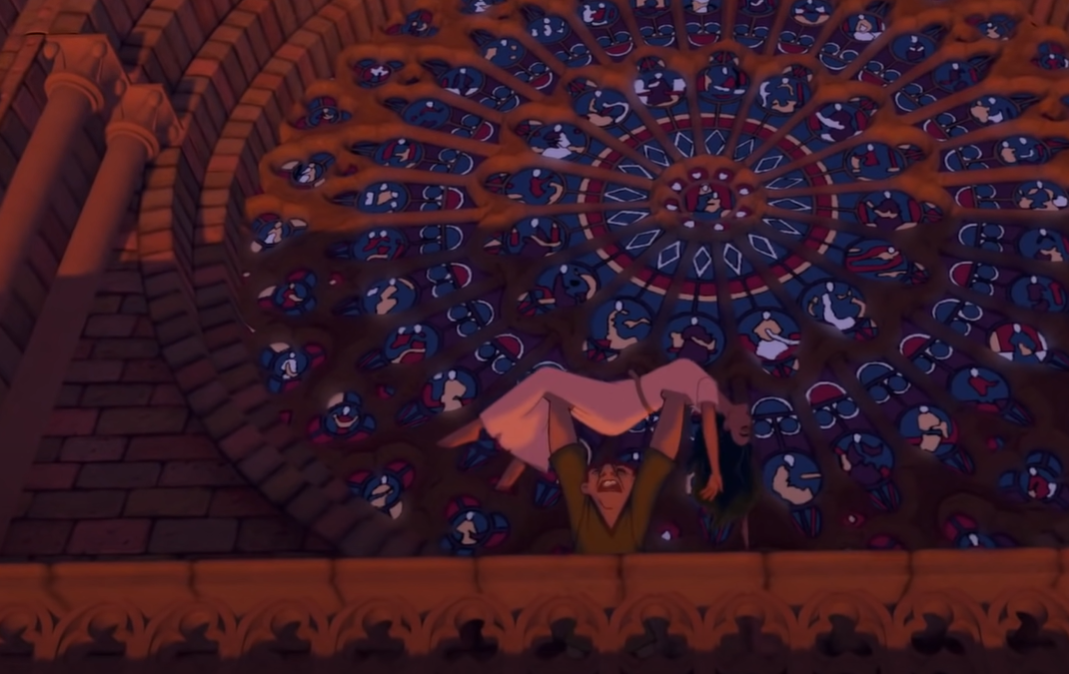 Walt Disney, The Hunchback of Notre Dame (1996)
Walt Disney, The Hunchback of Notre Dame (1996)
Still a happily ever after
The death of Frollo brings peace to Paris. Quasimodo is seen as a hero and embraced by Esmeralda and Phoebus. He finally finds acceptance and belonging outside the bell tower.
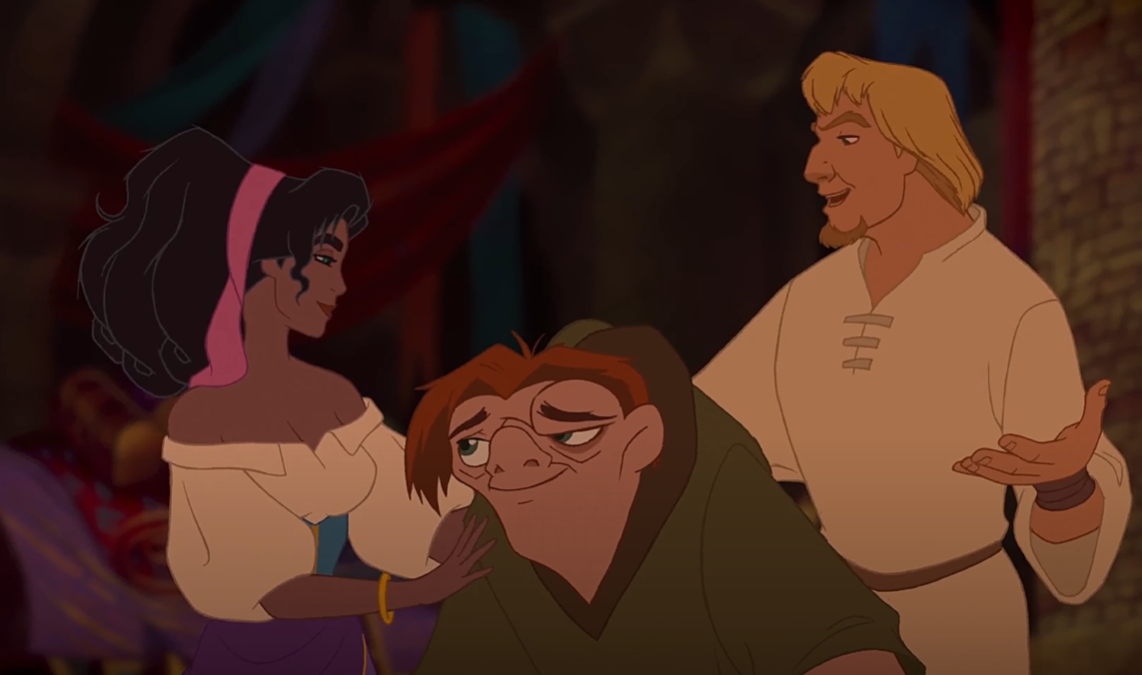 Walt Disney, The Hunchback of Notre Dame (1996)
Walt Disney, The Hunchback of Notre Dame (1996)
THE ANALYSIS: Mature themes
The Hunchback of Notre Dame includes some of the most mature themes Disney has ever explored in an animation, including lust, sin, eternal punishment, and mass killing.
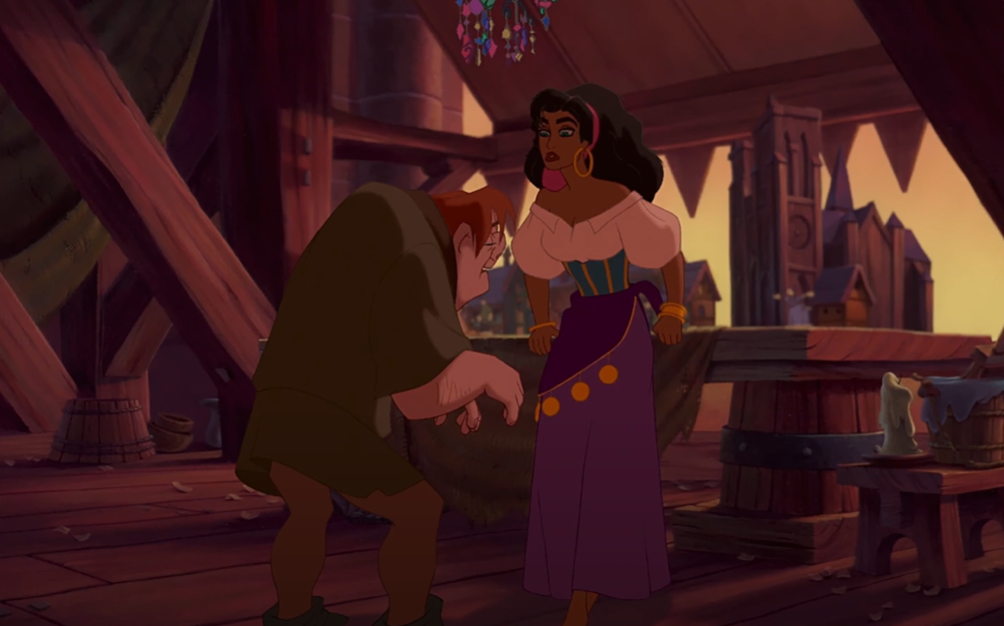 Walt Disney, The Hunchback of Notre Dame (1996)
Walt Disney, The Hunchback of Notre Dame (1996)
Pure evil is personified in Frollo
The primary villain, Judge Claude Frollo, embodies these dark themes perfectly. Throughout the movie, he is fixated on removing sin from society, he lusts after Esmeralda, and he orchestrates a genocidal crusade against the Romanis.
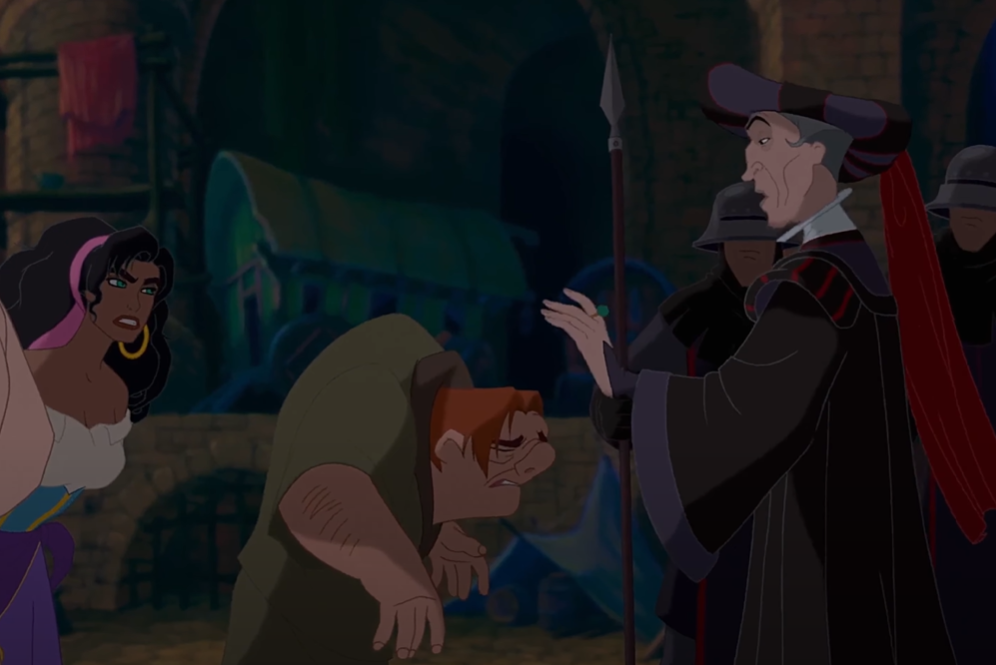 Walt Disney, The Hunchback of Notre Dame (1996)
Walt Disney, The Hunchback of Notre Dame (1996)
The dark side of religion
The movie also explores religious themes extensively, serving as a commentary between the moral and immoral aspects of the Church. Frollo's hypocrisy, false piety, and eventual downfall demonstrate the abuse of religious authority that is still seen in today's society.
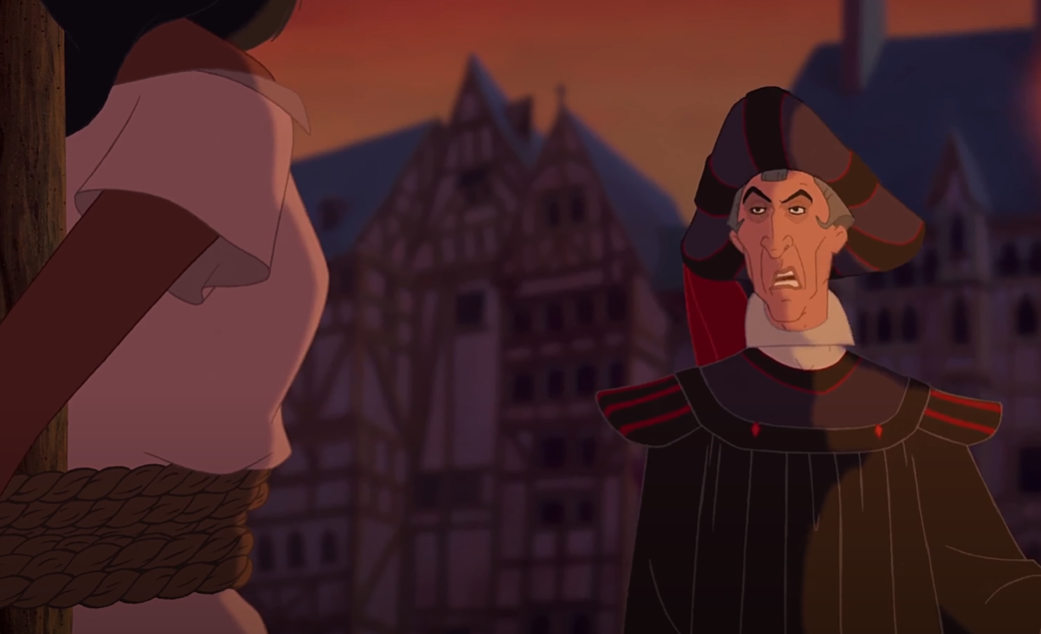 Walt Disney, The Hunchback of Notre Dame (1996)
Walt Disney, The Hunchback of Notre Dame (1996)
Racism through a cartoon lens
Racism, social injustice, and the treatment of marginalized communities are at the centre of this movie. The struggles of the Romani people are laid out bare, with their oppression and exclusion clearly and unapologetically shown throughout the movie. Quasimodo also experiences harsh discrimination because of his physical deformity.
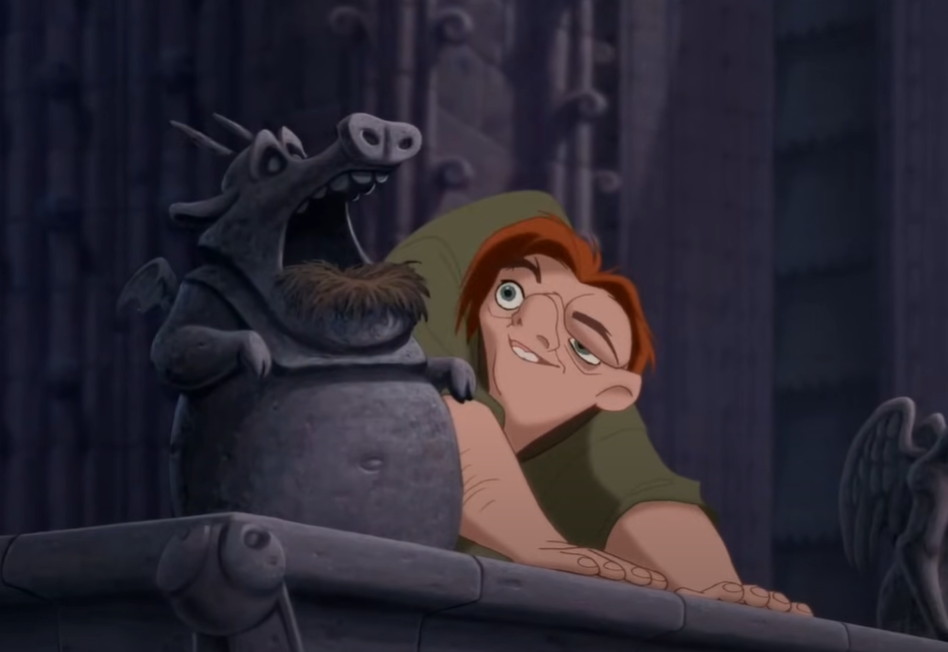 Walt Disney, The Hunchback of Notre Dame (1996)
Walt Disney, The Hunchback of Notre Dame (1996)
An exploration of the human psyche
Frollo and Quasimodo have complex personalities that are a reflection of those seen in society. Frollo's inner conflict between his religious beliefs and sinful desires adds a special kind of depth that is not seen in other Disney villains.
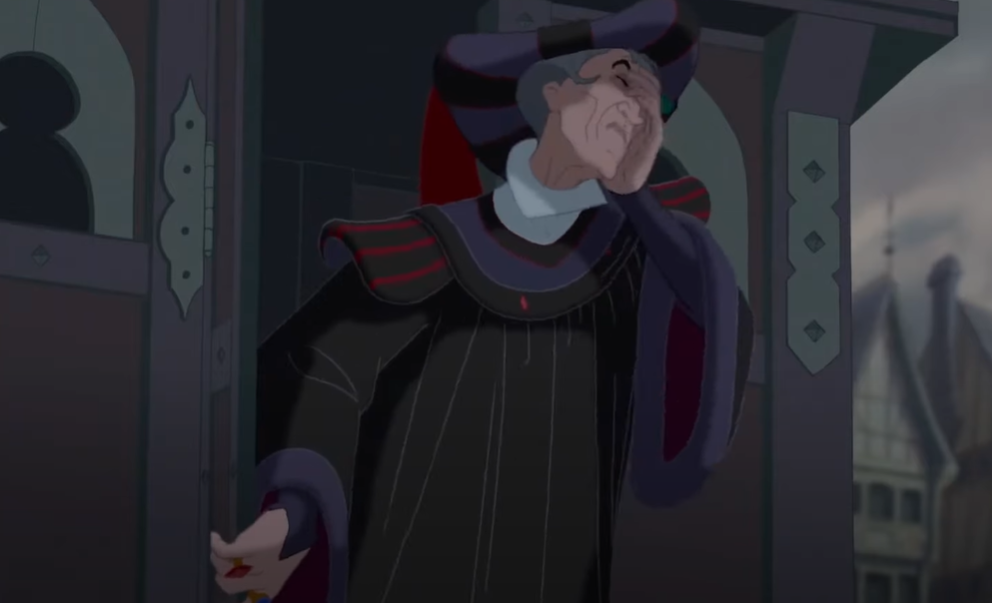 Walt Disney, The Hunchback of Notre Dame (1996)
Walt Disney, The Hunchback of Notre Dame (1996)
The visuals are intense
The Hunchback of Notre Dame features a darker animation style and color palette than other Disney movies, which is further enhanced by Gothic architecture, shadows, and a subdued color scheme. The"Hellfire" sequence reflects Frollo's internal struggle, and his facial expressions in that scene alone are enough to give children nightmares.
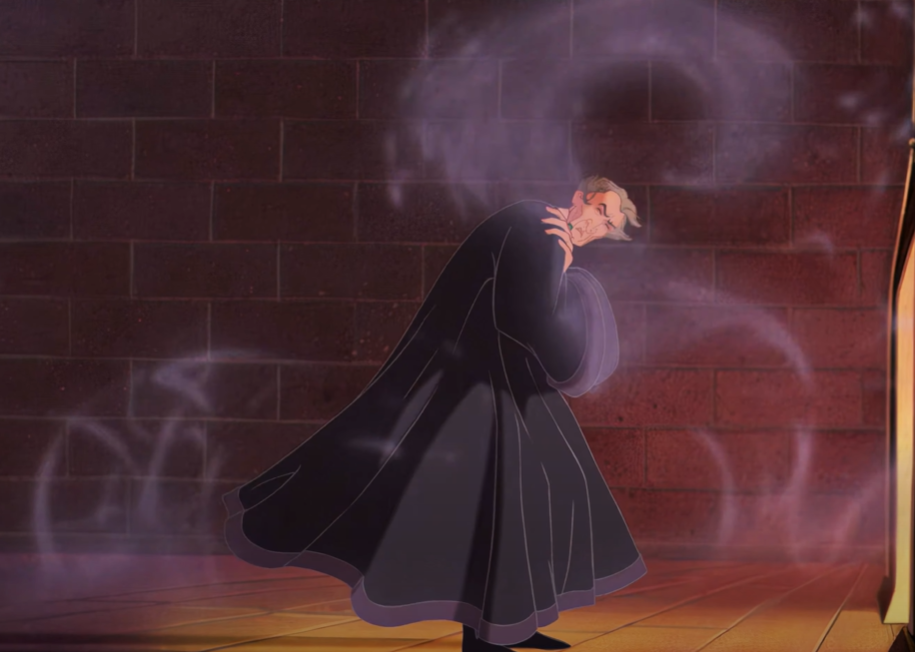 Walt Disney, The Hunchback of Notre Dame (1996)
Walt Disney, The Hunchback of Notre Dame (1996)
An eerie and haunting score
Alan Menken composed the music for the film, while lyrics were written by Stephen Schwartz. Together, they combined choral and orchestral elements for a grand and somber atmosphere. Emotional songs like "Hellfire" and "God Help the Outcasts" tackle heavy themes that would be appreciated by older, more mature audiences.
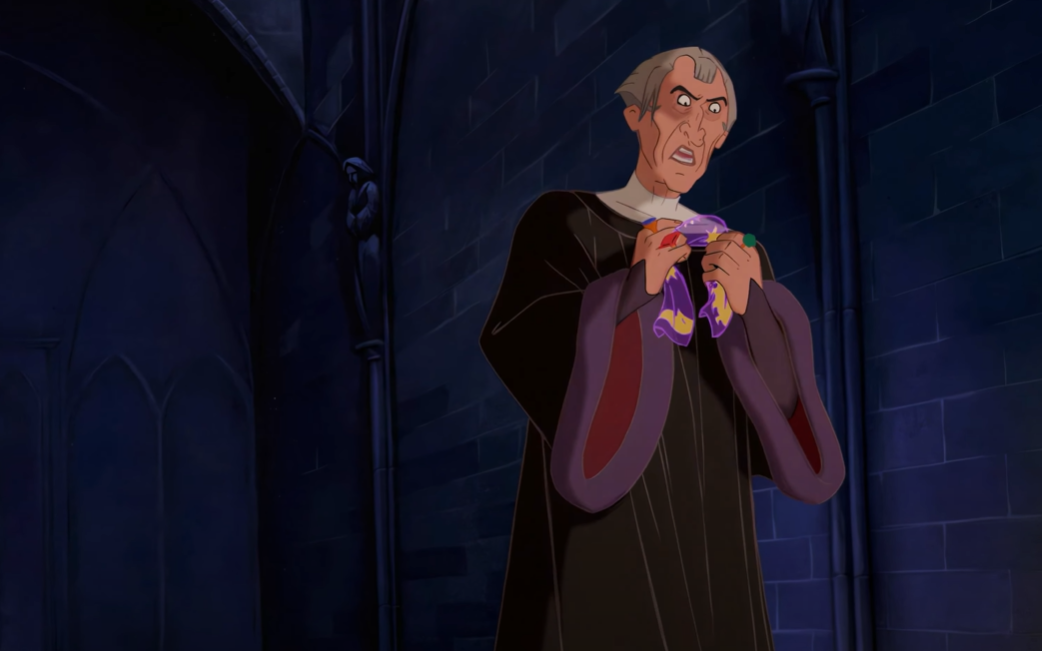 Walt Disney, The Hunchback of Notre Dame (1996)
Walt Disney, The Hunchback of Notre Dame (1996)
Incredible character depth
The characters in The Hunchback of Notre Dame are arguably some of the most multidimensional in Disney history. They have many more layers to them compared to several other Disney movies. Quasimodo's inner battle for self-approval, Esmeralda's quest for fairness, and Frollo's ethical dilemma contribute complexity to the story.
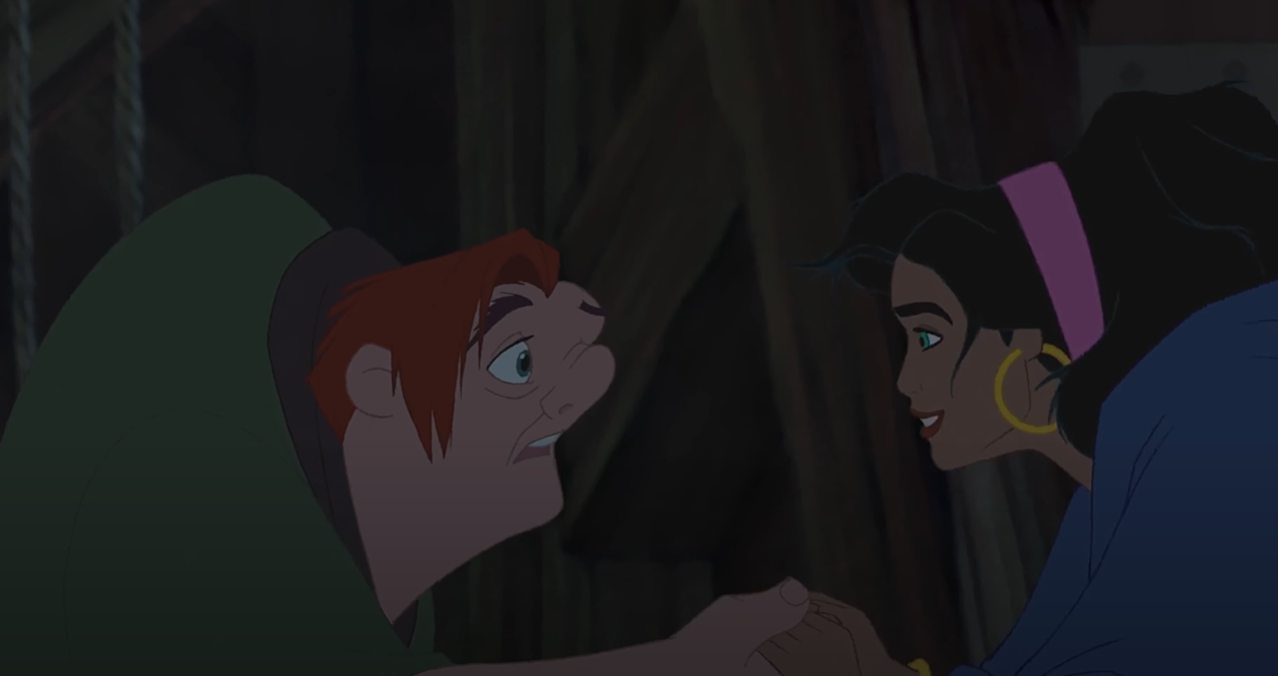 Walt Disney, The Hunchback of Notre Dame (1996)
Walt Disney, The Hunchback of Notre Dame (1996)
A lingering impact
The profound effect this movie has on viewers is a result of the emotional depth of the story and its bleak themes. It prompts the viewers to think about the issues we face as a society as well as individual hardships.
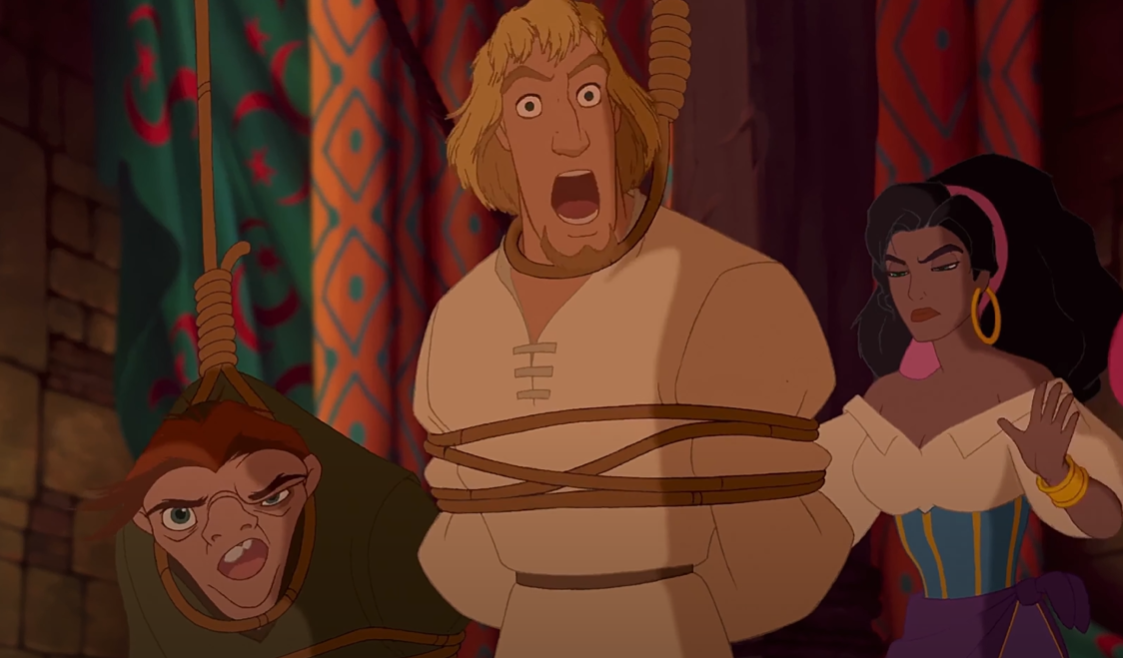 Walt Disney, The Hunchback of Notre Dame (1996)
Walt Disney, The Hunchback of Notre Dame (1996)
THE SECRETS: Facts you didn't know
The original story was written by Victor Hugo, a former senator of France. When comparing Hugo's version to the Disney version, it's clear that the latter made several changes in order to make it more appropriate for younger audiences.
Frollo's occupation was changed
In Victor Hugo's novel, Claude Frollo is the Archdeacon of Notre Dame, but Disney changed him into a judge to avoid controversy with Christian organizations. The film toned down religious themes despite being set in a church.
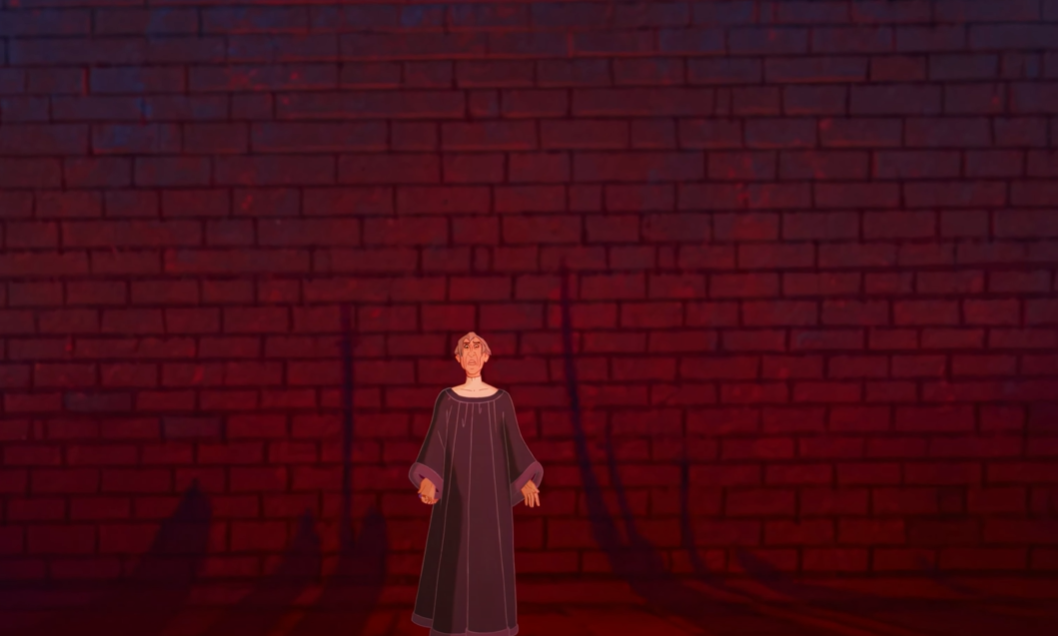 Walt Disney, The Hunchback of Notre Dame (1996)
Walt Disney, The Hunchback of Notre Dame (1996)
The gargoyles were inspired by the book
The three talking statues—Victor, Hugo, and Laverne—were actually inspired by Victor Hugo's novel, in which Quasimodo has moments of conversation with the gargoyles. Directors Kirk Wise and Gary Trousdale further expanded on this concept by giving the gargoyles a more comedic role.
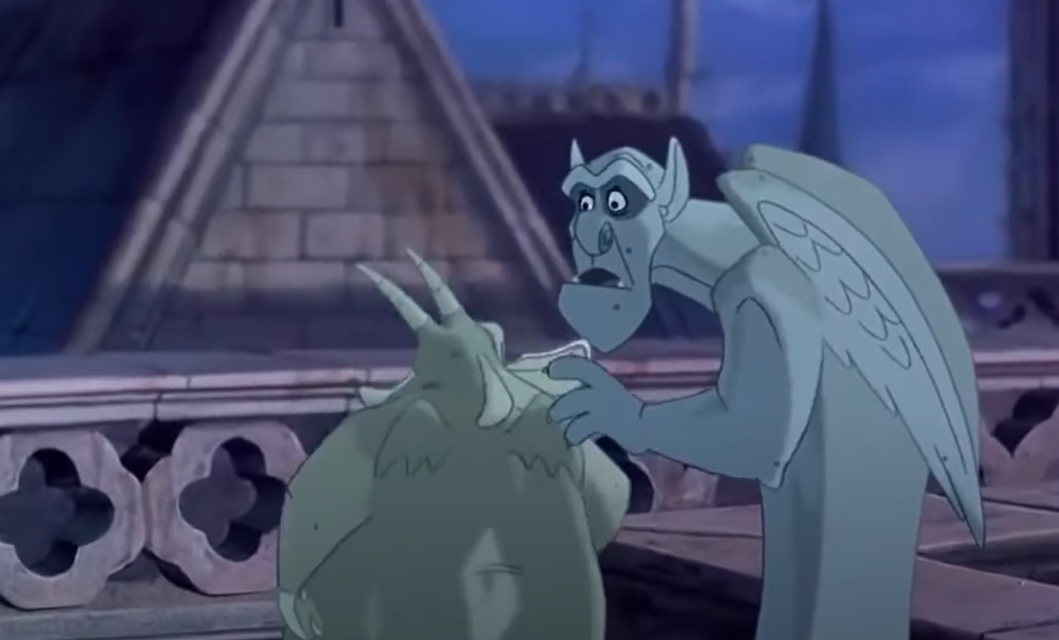 Walt Disney, The Hunchback of Notre Dame (1996)
Walt Disney, The Hunchback of Notre Dame (1996)
"The Bells of Notre Dame" was a late addition
The success of a musical often relies on the first song, which is the first thing that captures the audience's attention. For The Hunchback of Notre Dame, there was initially no opening song planned, but producer Jeffrey Katzenberg felt something was missing. Lyricist Stephen Schwartz and composer Alan Menken then wrote a ballad for the scene featuring Clopin, who was voiced by Paul Kandel.
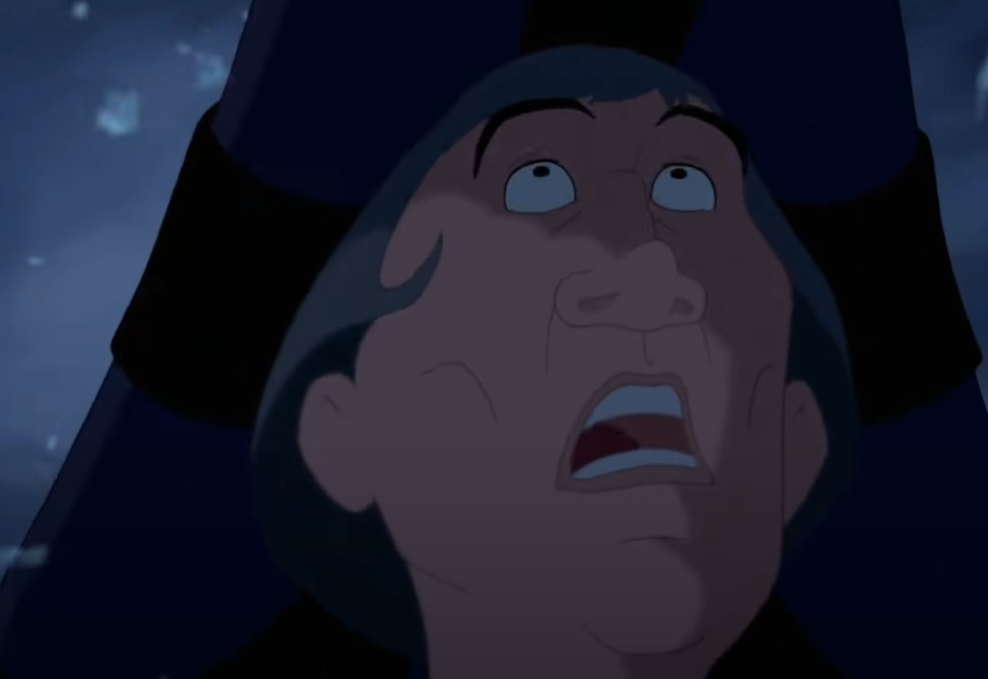 Walt Disney, The Hunchback of Notre Dame (1996)
Walt Disney, The Hunchback of Notre Dame (1996)
"Hellfire" was so dark it was almost cut from the movie
The song "Hellfire," performed by Frollo, is known as one of Disney's most controversial, studied, and talked-about musical pieces in history. It is arguably one of the darkest songs ever written for a Disney animation, and it was almost cut from the movie. The lustful scene of Esmeralda in Frollo's fire, in particular, had to be carefully scrutinized frame by frame to ensure it stayed within Disney's strict guidelines for maintaining a G-rating.
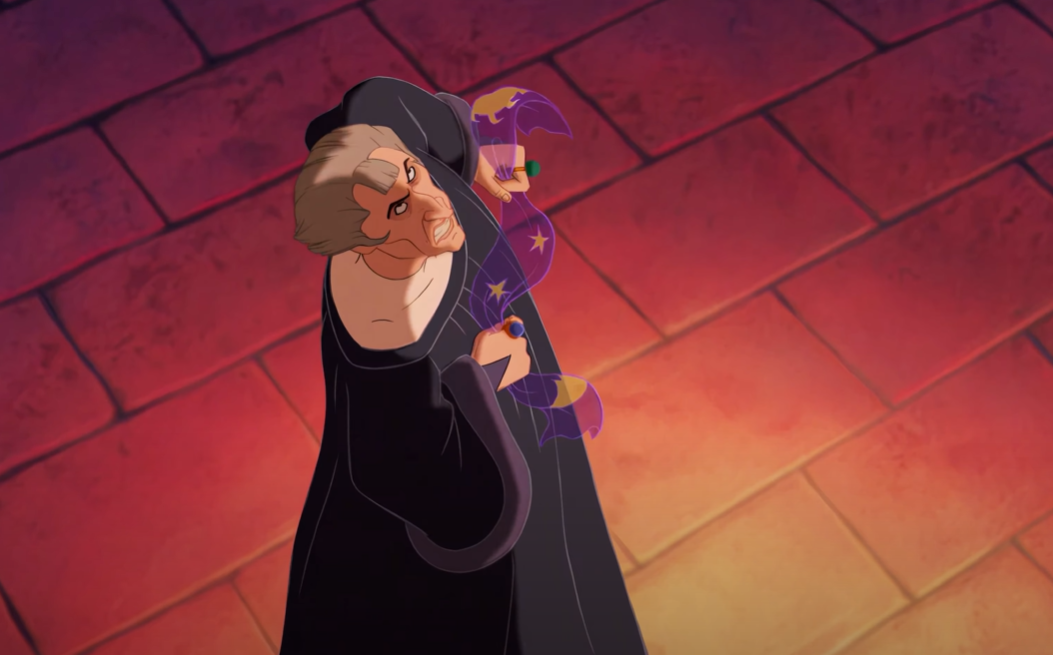 Walt Disney, The Hunchback of Notre Dame (1996)
Walt Disney, The Hunchback of Notre Dame (1996)
Victor Hugo's family did not like the movie
The Hunchback of Notre Dame faced criticism from Victor Hugo's family and literary experts, who called it unethical exploitation. They were particularly upset with the aggressive marketing and lack of credit to Hugo.
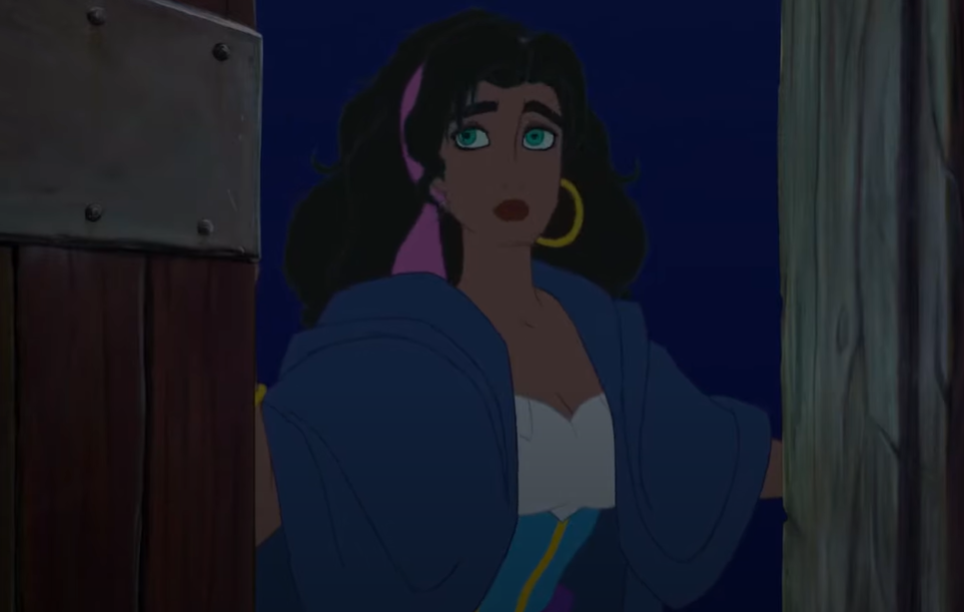 Walt Disney, The Hunchback of Notre Dame (1996)
Walt Disney, The Hunchback of Notre Dame (1996)
This cast member did not let his son see the movie
Despite being rated G, many parents are hesitant to let their young children watch The Hunchback of Notre Dame. Jason Alexander, who voices Hugo the gargoyle, was one of those parents. He felt that it was wrong for Disney to promote the movie as kid-friendly, and he refused to let his four-year-old watch it.
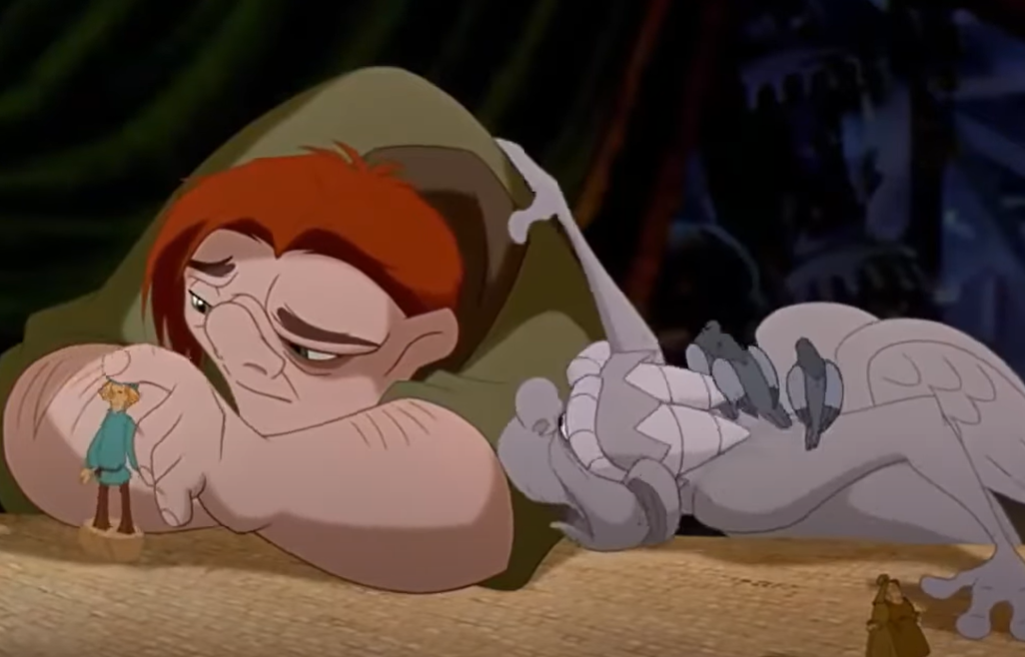 Walt Disney, The Hunchback of Notre Dame (1996)
Walt Disney, The Hunchback of Notre Dame (1996)
This Disney princess made a surprise cameo
Belle from Beauty and the Beast appears in the movie during the "Out There" musical scene on Notre Dame's roof. She walks in her blue dress, reading a book, down the cobblestreets of a village that looks like her hometown.
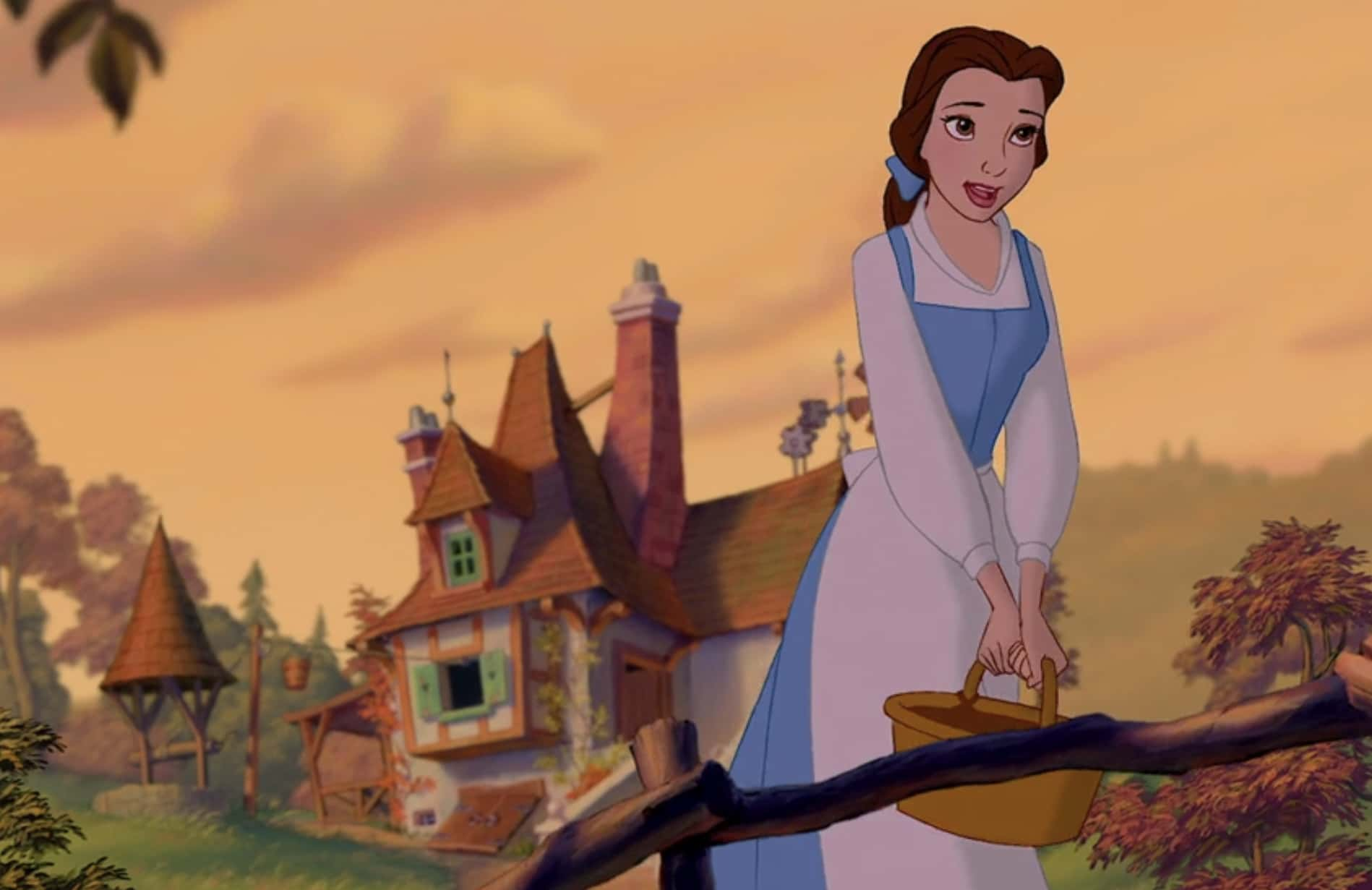 Walt Disney , Beauty and the Beast (1991)
Walt Disney , Beauty and the Beast (1991)
Disney was expecting a PG rating
The Hunchback of Notre Dame includes controversial themes like lustful desires and eternal punishment. Despite a pole dance scene, the movie was given a G rating, which surprised many people including the creators. Screenwriter Tab Murphy suggested the "comedic relief" gargoyles may have influenced the rating decision.
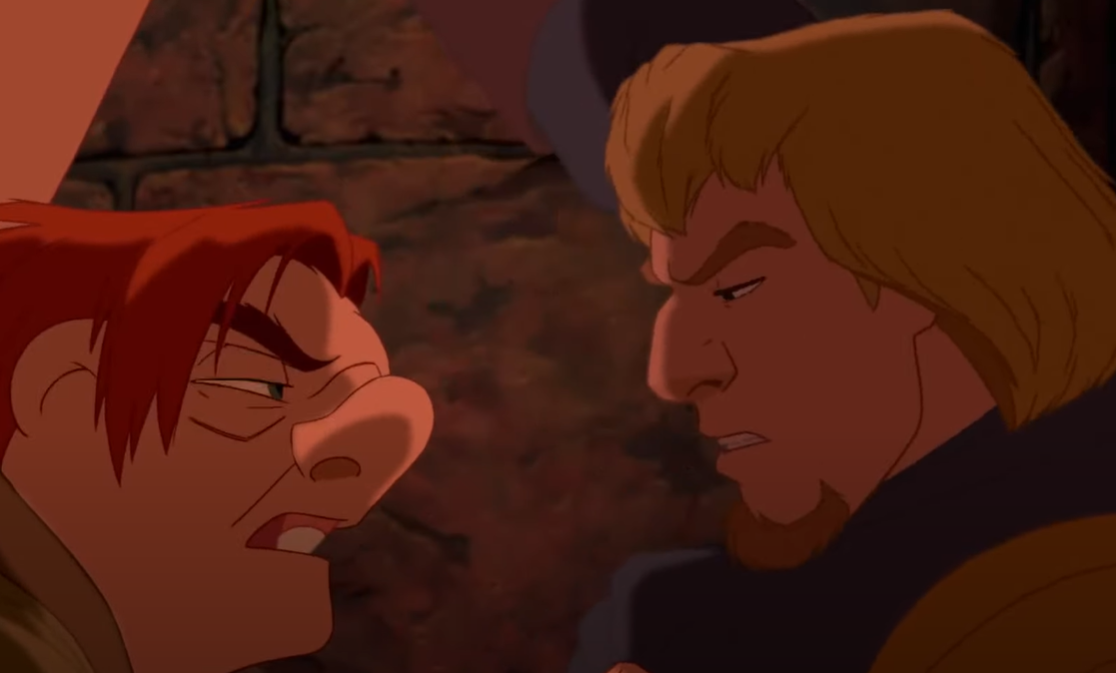 Walt Disney, The Hunchback of Notre Dame (1996)
Walt Disney, The Hunchback of Notre Dame (1996)
Another Disney movie has been called darker
Some Disney fans claim that the 1985 Disney classic The Black Cauldron is darker than The Hunchback of Notre Dame; however, there are differences in the mature elements they showcase that arguably make the latter much darker.
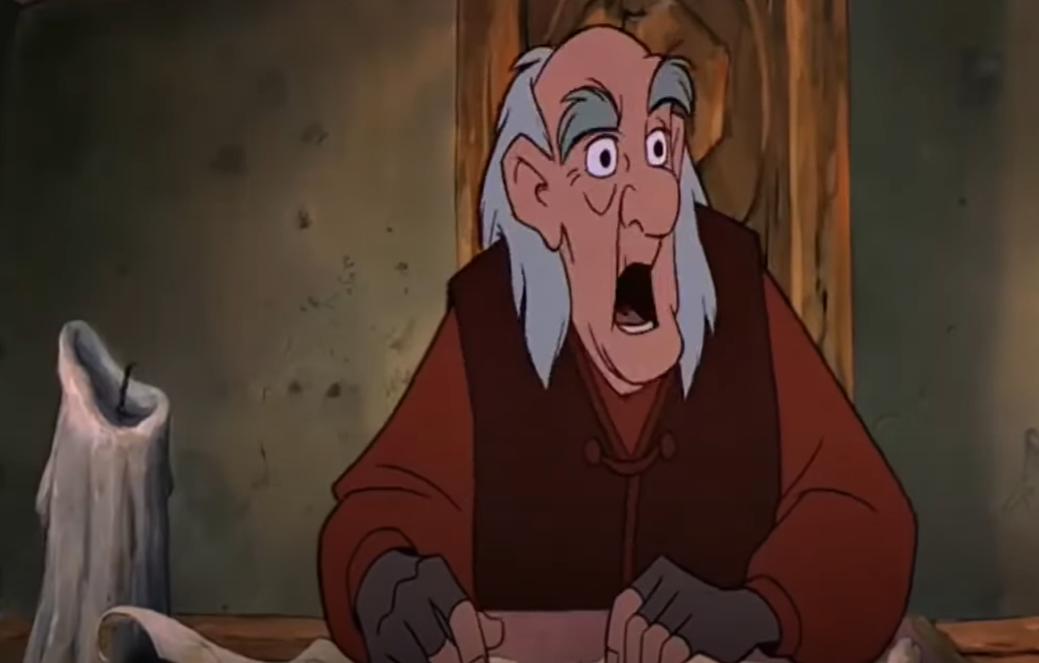 Walt Disney, The Black Cauldron (1985)
Walt Disney, The Black Cauldron (1985)
The Black Cauldron vs. The Hunchback of Notre Dame
Although The Black Cauldron includes themes such as necromancy, undead armies, and a sinister villain, such themes are more in line with traditional fantasy adventures, highlighting the conflict between good and evil rather than exploring the intricate psychological and social themes found in The Hunchback of Notre Dame.
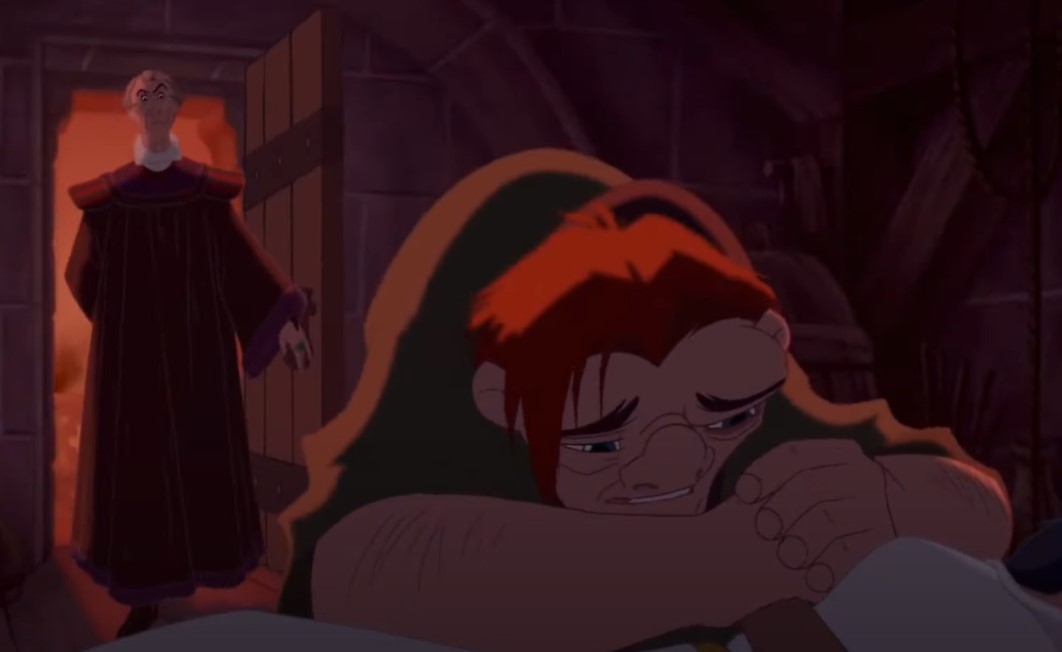 Walt Disney, The Hunchback of Notre Dame (1996)
Walt Disney, The Hunchback of Notre Dame (1996)

